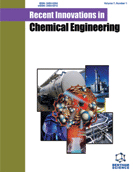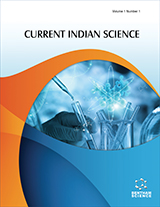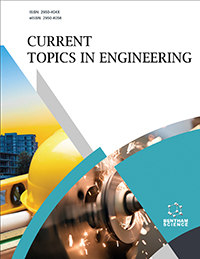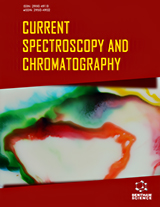Abstract
Background: Most NN research only conducted qualitative analysis, analyzing its accuracy, with certain limitations, without studying its NN model, error convergence process, and pressure ratio; There is relatively limited research on the application of NN optimized by GA to pipelines containing flaws; Moreover, the residual strength evaluation of GA-BP NN has the advantages of high global search ability, efficiency not limited by constant differences, and the use of probability search instead of path search, which has a wide application prospect. Objective: Using MATLAB software to estimate the residual strength of oil and gas pipelines with the GA, artificial NN BP, and GA-BP NN. Methods: This study uses MATLAB software to anticipate the residual strength of oil and gas pipelines using a genetic algorithm (GA), an artificial neural network (NN) BP, and a GA-optimized BP NN (GA-BP NN). These models' predictions were compared to widely acknowledged residual strength evaluation standards, such as ASME B31G Modified, BS7910, PCORRC, DNV RP F101 and SHELL92. Results: The GA-BP NN’s dependability and applicability were thoroughly tested, resulting in faster convergence and improved system performance following optimization. Using five different residual strength criteria, the GA-BP NN model outperformed the normal BP NN model in terms of prediction accuracy. Conclusion: These findings have crucial implications for forecasting the residual strength of corrosive oil and gas pipelines.
[http://dx.doi.org/10.1016/j.engfailanal.2013.03.015]
[http://dx.doi.org/10.1080/17445302.2015.1037678]
[http://dx.doi.org/10.1016/j.oceaneng.2019.106497]
[http://dx.doi.org/10.1016/j.ijpvp.2008.11.011]
[http://dx.doi.org/10.1134/S1061830913090039]
[http://dx.doi.org/10.1016/j.engstruct.2016.09.015]
[http://dx.doi.org/10.1016/j.corsci.2013.04.004]
[http://dx.doi.org/10.3390/jmse11030502]
[http://dx.doi.org/10.1016/j.advengsoft.2006.08.047]
[http://dx.doi.org/10.1016/j.advengsoft.2017.05.006]
[http://dx.doi.org/10.1007/s00521-018-3902-6]
[http://dx.doi.org/10.1007/s00477-020-01920-y]
[http://dx.doi.org/10.14311/NNW.2019.29.006]
[http://dx.doi.org/10.1016/j.amc.2006.07.025]
[http://dx.doi.org/10.1016/0308-0161(94)00055-N]
[http://dx.doi.org/10.1111/1467-8667.00279]
[http://dx.doi.org/10.1016/j.neucom.2005.12.126]
[http://dx.doi.org/10.1080/15732479.2012.756918]
[http://dx.doi.org/10.1016/j.ijpvp.2016.11.002]
[http://dx.doi.org/10.1016/j.jlp.2016.02.001]
[http://dx.doi.org/10.1016/j.autcon.2014.05.003]
[http://dx.doi.org/10.1016/j.ijpvp.2016.04.003]
[http://dx.doi.org/10.1016/j.corsci.2009.10.024]
[http://dx.doi.org/10.1016/j.engfailanal.2009.02.003]
[http://dx.doi.org/10.3390/mi12121568] [PMID: 34945417]
[http://dx.doi.org/10.1016/j.commatsci.2015.03.029]
[http://dx.doi.org/10.1061/(ASCE)PS.1949-1204.0000148]
[http://dx.doi.org/10.1016/j.engfailanal.2011.09.004]




















